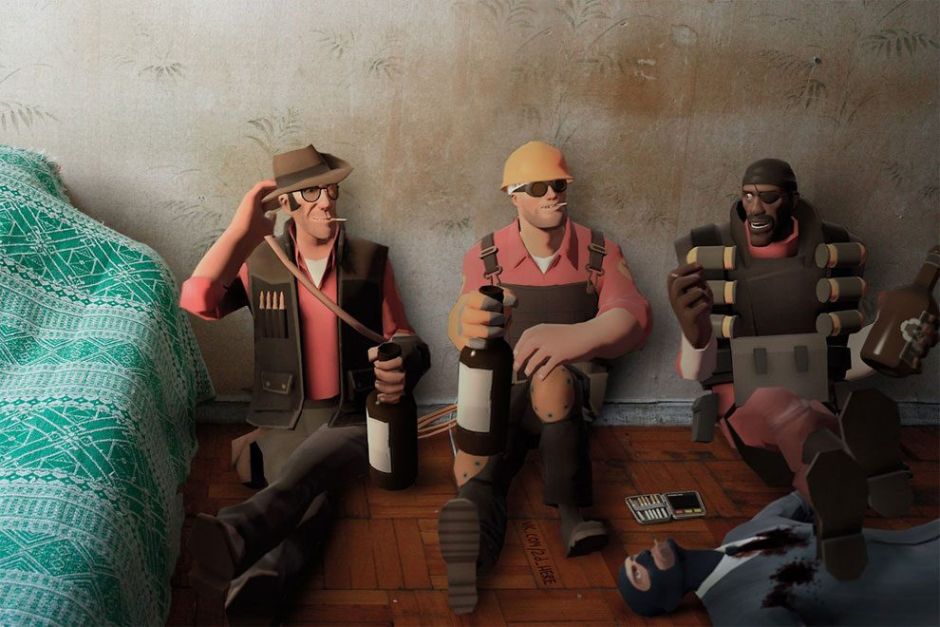

The “condition of England” in the middle of the nineteenth century was, for most Victorians (and is, indeed, for most modern scholars of the Victorian period), about as far removed from desert pirates and neo-Grecian queens as London from Jerusalem. This essay shows how London Films used its photographic metaphor to question positivistic observational assumptions, the way in which this was a response to William James's Essays in Radical Empiricism (1912), and, finally, why Howells ultimately went back on his attempt to create a Kodak school in fiction.

Criticism has largely overlooked this endeavor, which Howells buried away in the somewhat obscure travelogue London Films (1905). He used this figuration to move beyond the philosophical foundations of his previous work. This consisted of an extended photographic metaphor: an association of himself with the Kodak camera. In England in 1904, Howells tested a conceit that would allow him to keep pace with the literary movements of the day.

Yet, throughout his career, he maintained a desire to test different literary approaches. While younger authors were taking the novel in directions about which he was, at the least, ambivalent, Howells was aware that his own best work was behind him. Although he had not actually departed from the world, it was true that by this time the venerable "Dean"was at a low ebb. 374––394) Toward the end of the nineteenth century, one of William Dean Howells's many avid readers, finally meeting him in the flesh, expressed surprise that the famed writer was not dead.

Owen Clayton, "London Eyes: William Dean Howells and the Shift to Instant Photography"(pp. It is this sense of having no identity and no place of belonging resulted from a very specific and traumatic colonial experience that best explains the pervasive tone of loss, melancholy, and paralysis of spirit underlying all of Rhys’s fiction. Rejected, unhoused, wandering in a state of limbo, their existence becomes mechanical and ghostly. In Quartet and Good Morning, Midnight, both Marya and Sasha occupy the temporary and liminal spaces of the metropolis of Paris and try to buy themselves an illusion of a respectable identity. Her transgressive and mobile identities (racial, sexual, national), are forever making her stranger in the metropole. In Voyage in the Dark, Anna is stranded in a modernist London that was at once racially heterogeneous, cosmopolitan and xenophobic. With a much stigmatized white West Indian creole identity, her heroines are unacceptably white in Dominica, and unacceptably “black” in Europe. In locating her outsider and outcast heroines in these places of interconnectedness, Rhys’s fiction responds to a time of crisis in the history of Empire. Place is considered as a distinguishable factor among Jean Rhys’s novels, most concretely represented by three countries: Dominica, England and France.


 0 kommentar(er)
0 kommentar(er)
